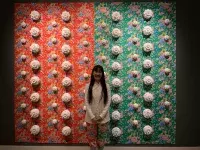
An exhibition of extraordinary ceramic works features two pieces that Kwantlen Polytechnic University Fine Arts instructor Ying-Yueh Chuang hopes will fire the imagination of visitors.
Her two works feature alongside those of 10 other B.C. artists in the Playing with Fire: Ceramics of the Extraordinary exhibit at the Museum of Anthropology.
Chuang, who is originally from Taiwan, hopes people use their imagination and creativity to find whatever they are looking for in her pieces.
"When I was brought up in my country, there was always a right and wrong way. Being here, I feel there's that freedom not having to be judged all the time with what I do especially when it comes to making art."
Ceramics was an art form she was exposed to after moving to Canada and she majored in the medium at university.
“When I was young, I always wanted to be an artist and an artist meant a painter because at that time I was limited to the exposure,” says Chuang.
"I feel really honoured to be featured in this exhibition at the MOA with so many talented ceramic artists. In Canada, clay has been categorized in craft media therefore, it has been looked down upon and underrepresented. It is common that Canadians, particularly in the Vancouver area, do not see ceramic pieces represented in museums or galleries. Where I come from, craft and art are both equally and highly appreciated. I am happy to see with this group exhibition, ceramics is presented and recognized at the art level in a museum. These ceramic pieces have craft, design, art, media components and they tell stories."
“I draw the inspiration from nature and so there is a lot of things that may be familiar to people that they can recognize but at the same time the object doesn’t exist in the real world so that’s the imagination that makes it exciting for me.”
One of her pieces is a big cross with various sizes of ceramic and plexiglass installations. Chuang says she worked on it for more than six years.
“I started with smaller pieces and learned that I could probably expand it bigger and bigger.”
While doing research on the cross, she discovered it has alternative meanings across various religions and cultures.
“I’m not religious but I started to look at the symbol and meaning and discovered in the Islamic world, the cross symbolizes paradise, that’s where the four rivers meet. And if I look at the European gardens, that’s what it’s based on.”
She says it’s a way to bring two cultures and identities together, just as she’s immersed in two different cultures – Chinese and Western.
Her second piece is red and green tapestry with white ceramic flowers.
“People have been calling it tu bu. Tu means earth, bu means fabric. Tu bu means fabric that ordinary people use, down to earth.”
The fabric is used by ordinary people to use as curtains and decorations. The porcelain flowers she’s created demonstrate affluence because porcelain was used by the upper class and emperor.
“In a way, my dream of the paradise you bring all these people of different classes together and they work together, they benefit from each other. They are happy and harmonious living together.”
The exhibit runs until March 29, 2020 at the Museum of Anthropology, 6393 NW Marine Dr, Vancouver.
Story by Sucheta Singh
